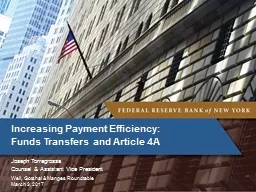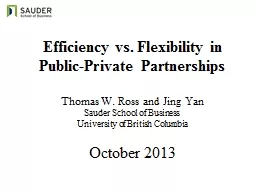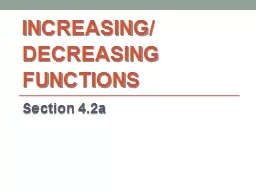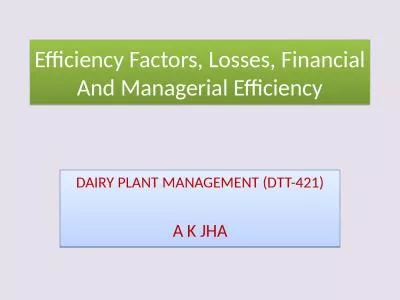PPT-Increasing Payment Efficiency:
Author : sherrill-nordquist | Published Date : 2017-08-20
Funds Transfers and Article 4A Joseph Torregrossa Counsel amp Assistant Vice President Weil Gotshal amp Manges Roundtable March 3 2017 The views expressed in
Presentation Embed Code
Download Presentation
Download Presentation The PPT/PDF document "Increasing Payment Efficiency:" is the property of its rightful owner. Permission is granted to download and print the materials on this website for personal, non-commercial use only, and to display it on your personal computer provided you do not modify the materials and that you retain all copyright notices contained in the materials. By downloading content from our website, you accept the terms of this agreement.
Increasing Payment Efficiency:: Transcript
Download Rules Of Document
"Increasing Payment Efficiency:"The content belongs to its owner. You may download and print it for personal use, without modification, and keep all copyright notices. By downloading, you agree to these terms.
Related Documents














